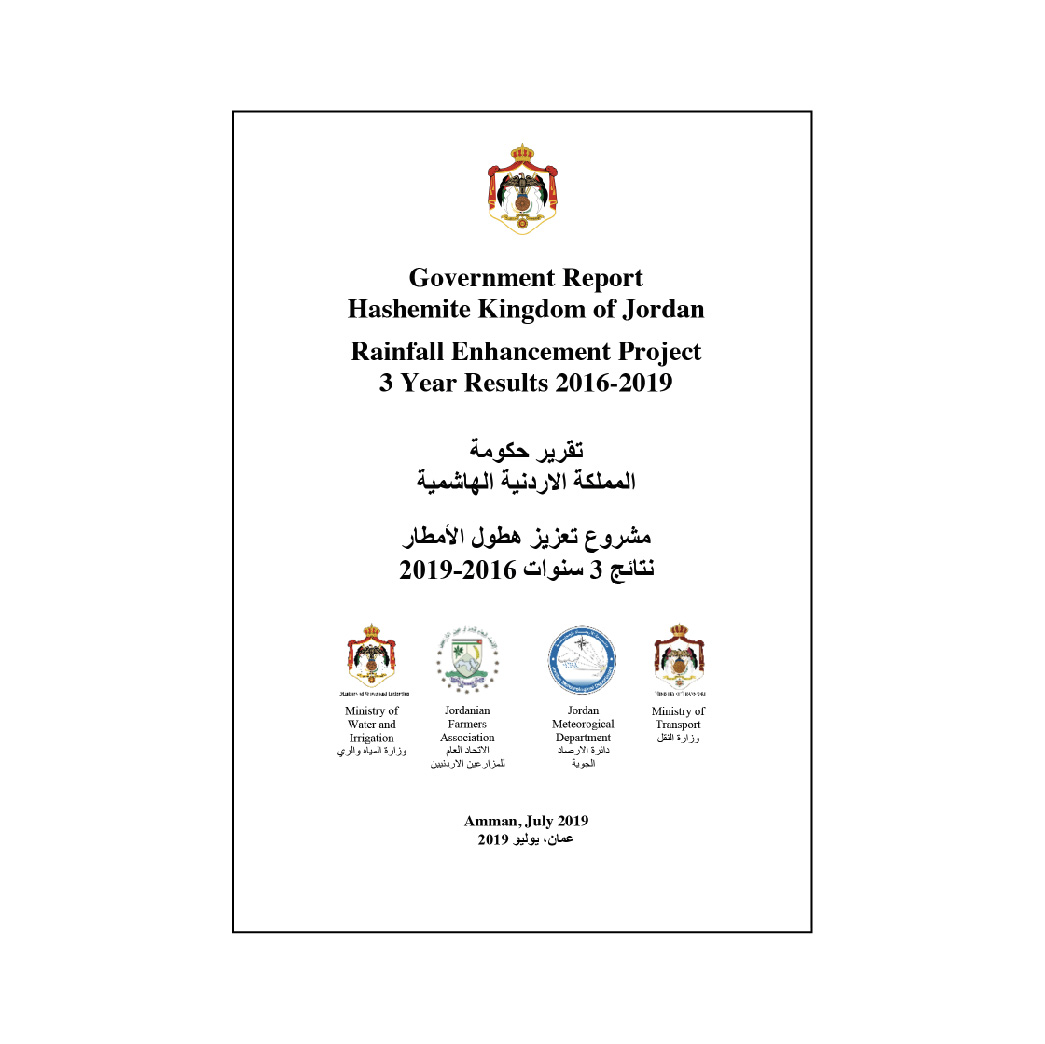
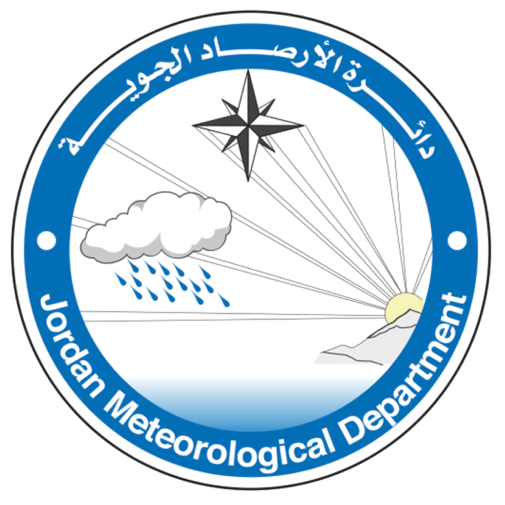
1. Report of the Jordan Meteorological Department, Ministry of Transport

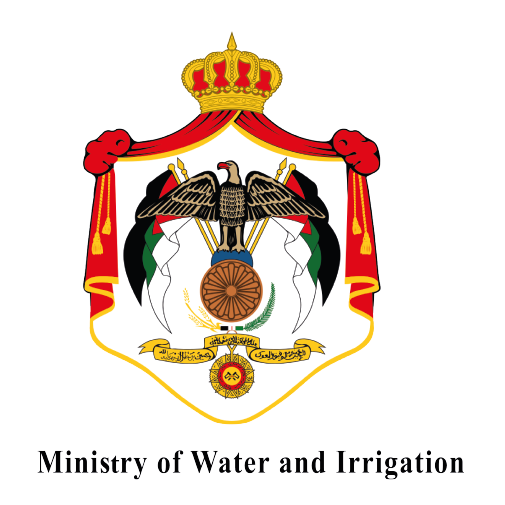
2. Report of the Ministry for Water and Irrigation

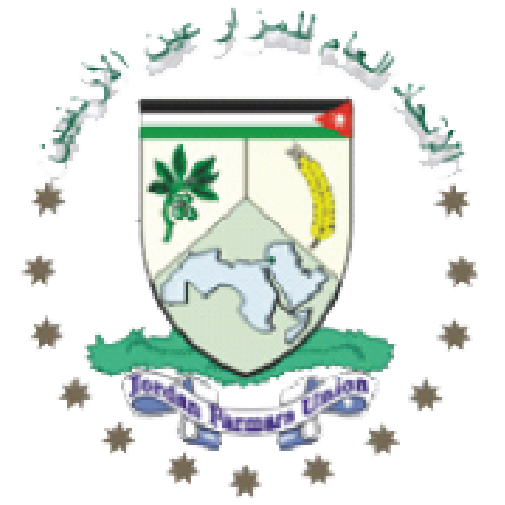
3. Report of the Jordanian Farmers Union

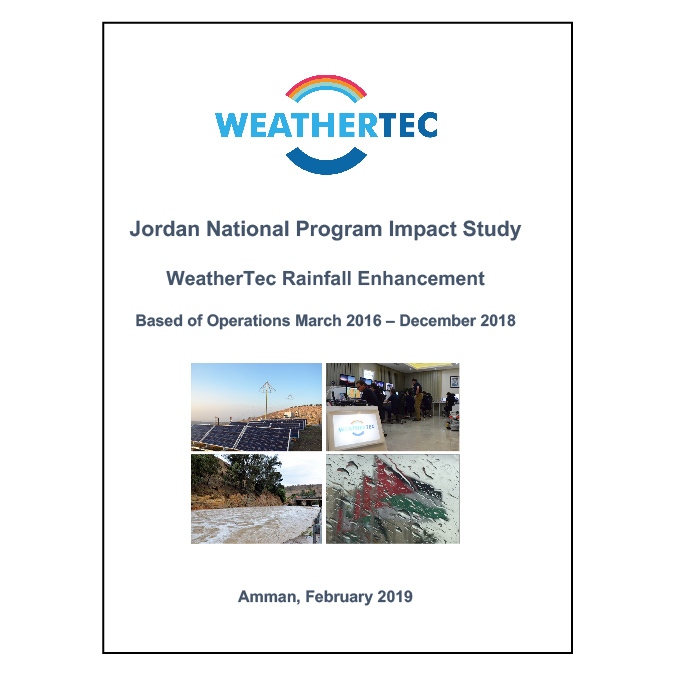
Jordan National Program Impact Study
WeatherTec Rainfall Enhancement
February, 2019









